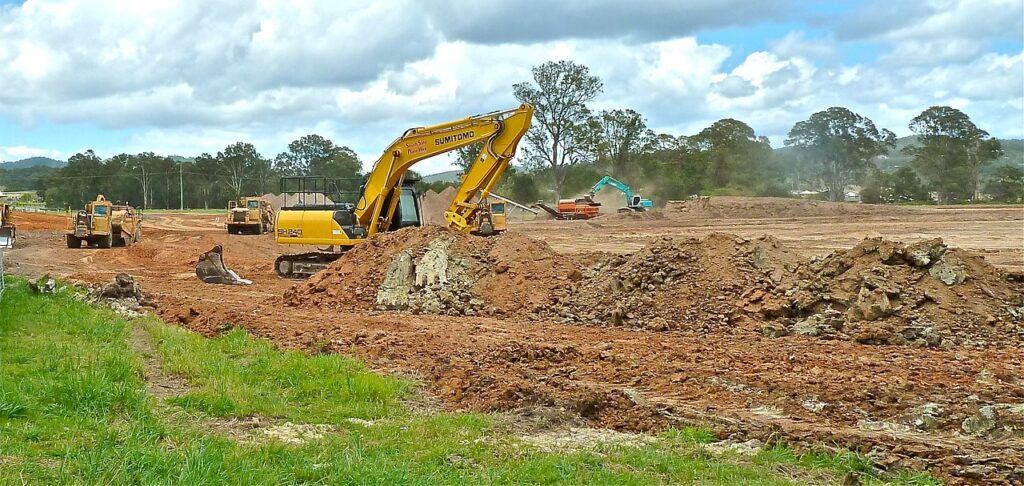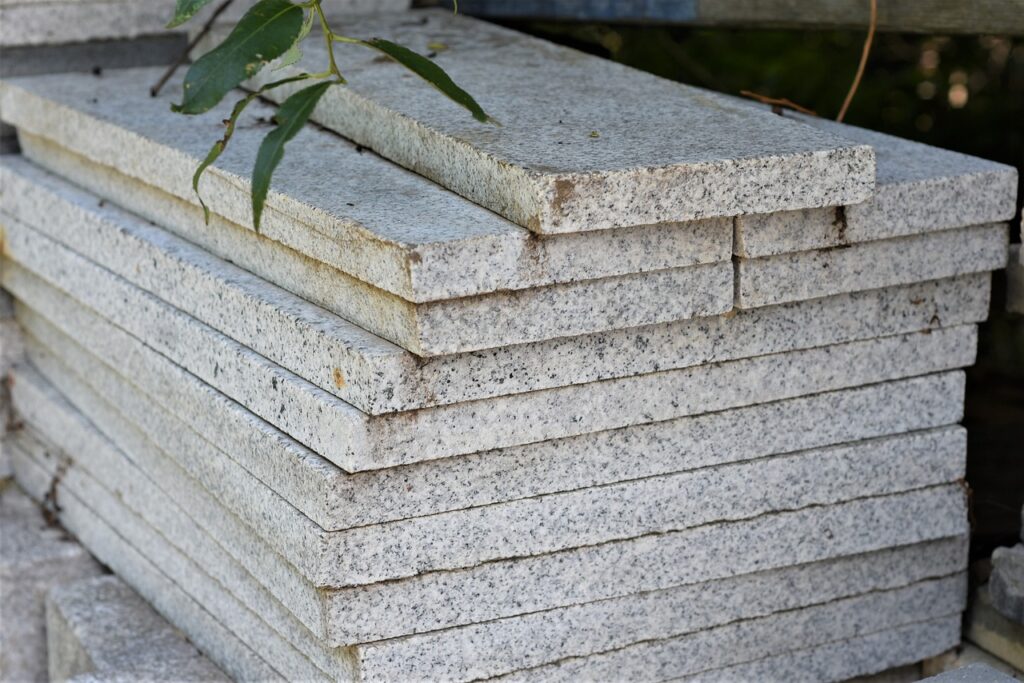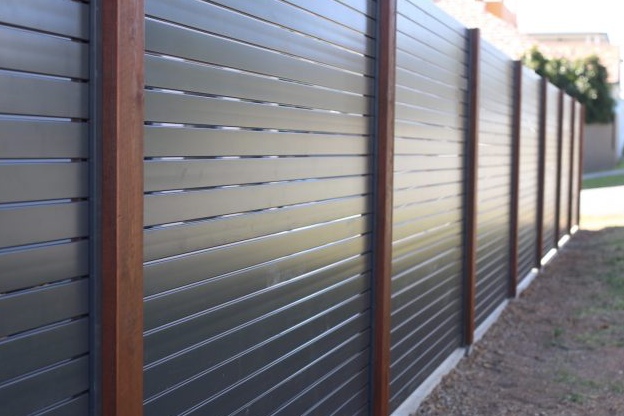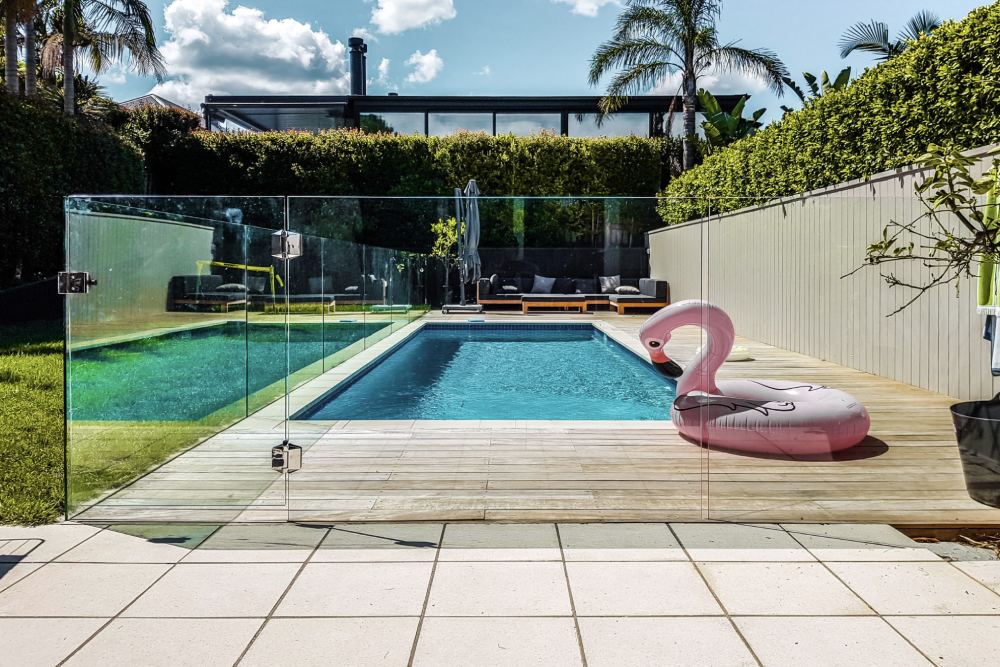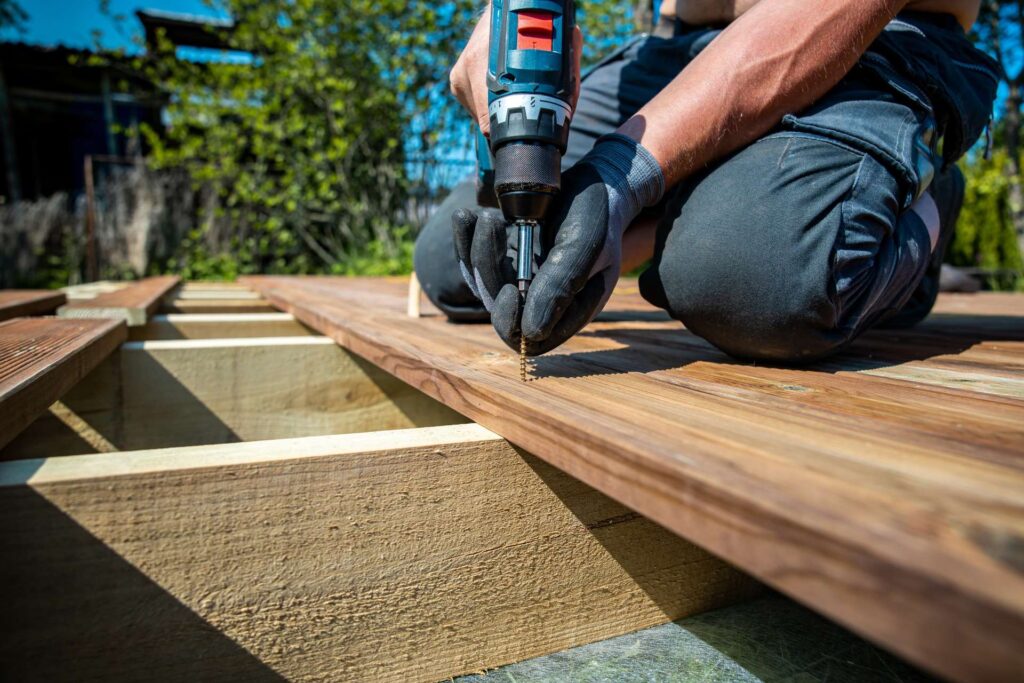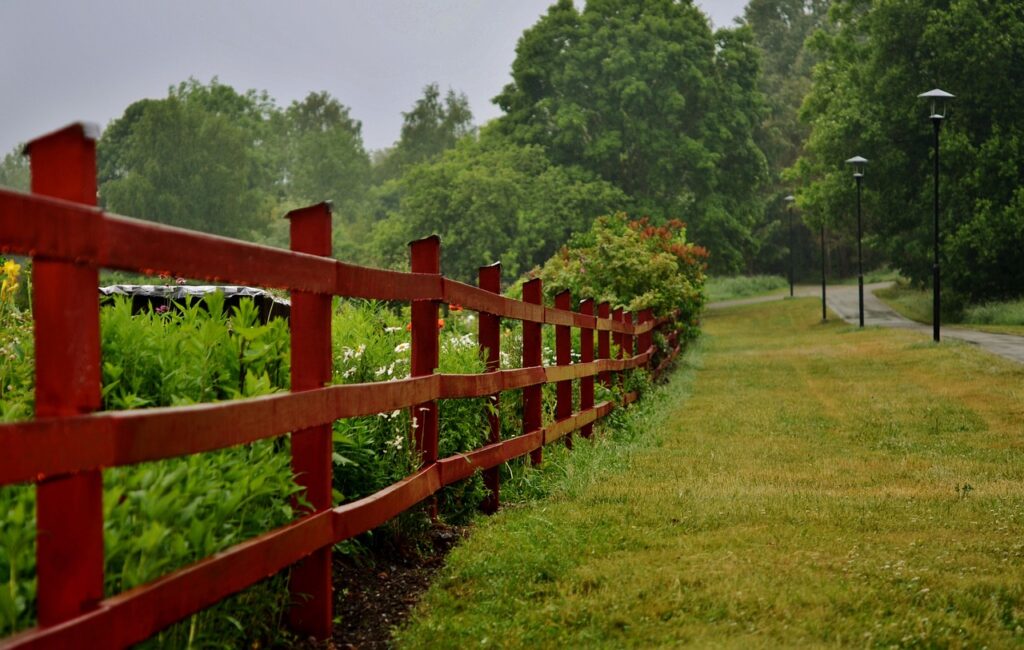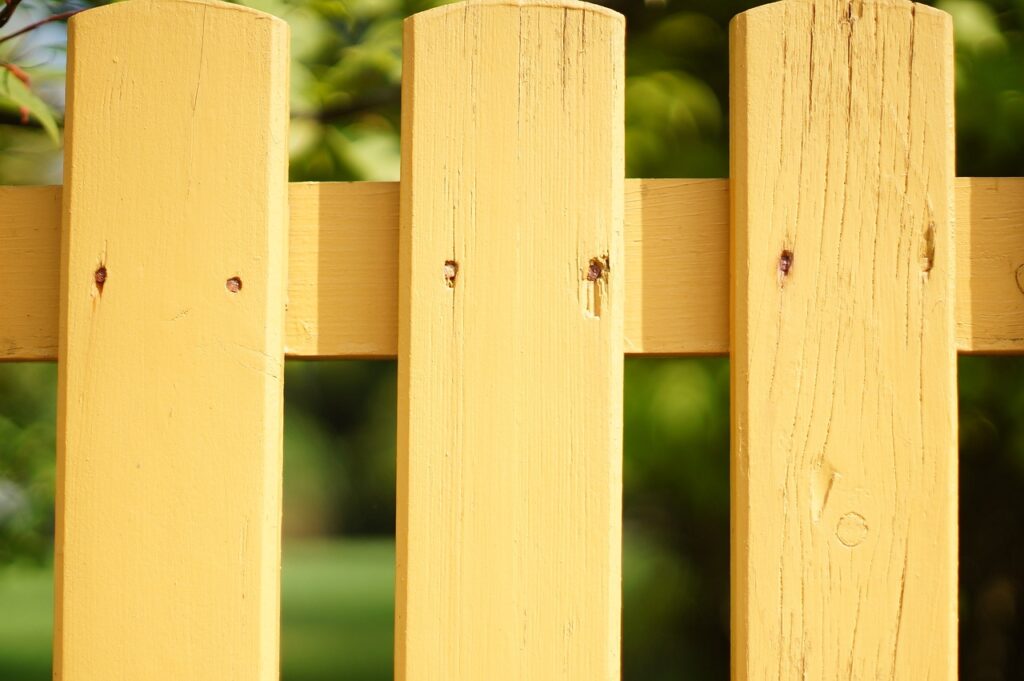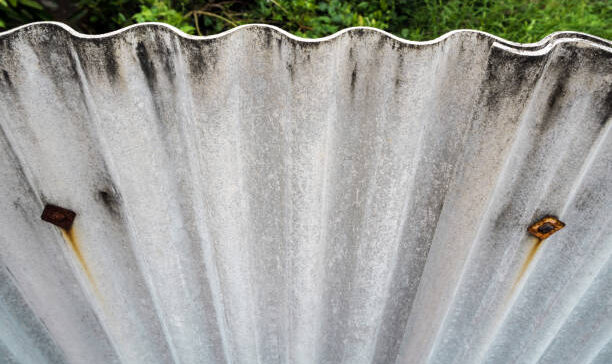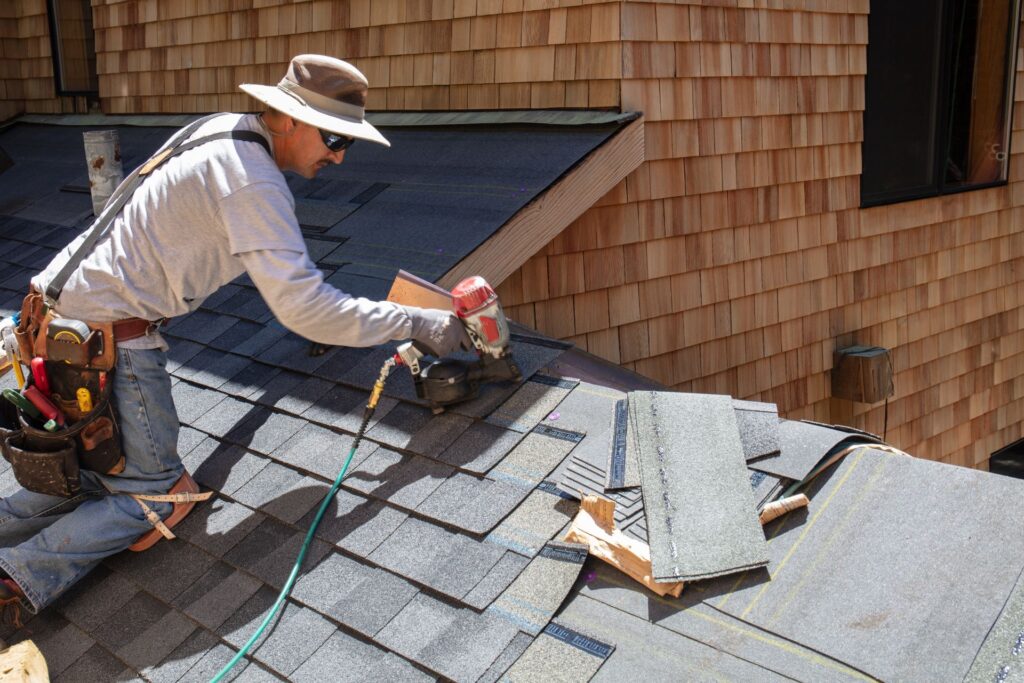Welcome to your ultimate guide on understanding the cost of building a patio in New Zealand! Whether you’re dreaming of a cozy outdoor space for family BBQs or a stylish extension to your home for relaxing under the stars, knowing the costs involved is crucial to making that dream a reality. In this post, we’ll break down everything you need to know, from material choices and labor expenses to the hidden factors that could affect your budget. So, if you’re ready to transform your backyard but not sure where to start with the numbers, you’ve come to the right place! Let’s dive into the world of patios and uncover the real cost of making your outdoor space work for you.
On average, the cost of building a patio in New Zealand ranges from $100 to $250 per square meter, depending on the materials used, the size of the patio, and additional features like landscaping or built-in seating.
- Why Invest In A Patio? The Benefits For NZ Homeowners
- Breaking Down The Costs: How Much Does A Patio Cost In NZ?
- Factors That Influence Patio Costs
- Comparing DIY Vs. Professional Installation
- Budgeting For Your Patio Project: Tips And Advice
- Case Studies: Real-Life Patio Costs In NZ
- Maintenance Costs And Long-Term Considerations
- FAQs: About Cost Of Patio NZ
- Conclusion
- Find A Professional Decking Company Near You!
Why Invest In A Patio? The Benefits For NZ Homeowners
Adding a patio to your home is more than just a stylish upgrade—it’s a lifestyle enhancement that brings a host of benefits to Kiwi homeowners. A patio offers an inviting outdoor space where you can unwind after a long day, host family BBQs, or gather with friends to enjoy New Zealand’s natural beauty. Whether it’s a weekend brunch or a quiet evening under the stars, a well-designed patio can seamlessly extend your living space outdoors, creating a versatile area for relaxation and entertainment.
From a financial perspective, installing a patio is also a smart investment. Outdoor living is a growing trend in New Zealand, and homes with functional outdoor areas are becoming increasingly desirable. By adding a patio, you could boost your property’s market value, appealing to potential buyers who are looking for that ideal space to enjoy the country’s scenic views and fresh air. In a market where curb appeal can make all the difference, a patio stands out as a feature that can significantly increase your home’s attractiveness and sale potential.
Another key consideration is New Zealand’s diverse climate. From warm, sunny summers to cooler, wetter winters, a patio can be adapted to suit all seasons. With the right design elements, such as pergolas, awnings, or even outdoor heaters, you can enjoy your patio year-round. Whether it’s a sunny afternoon or a crisp winter morning, a patio lets you make the most of your outdoor space, whatever the weather may bring.
Investing in a patio not only elevates your lifestyle but also adds long-term value to your home while ensuring you can enjoy the outdoors no matter the season.
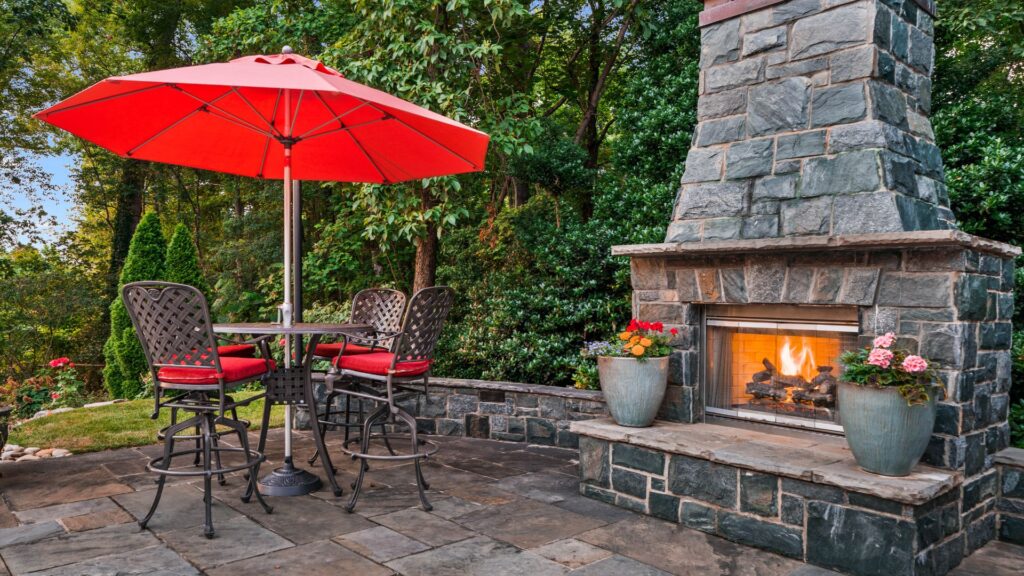
Breaking Down The Costs: How Much Does A Patio Cost In NZ?
Building a patio in New Zealand is an exciting project that can transform your outdoor space, but it’s important to understand the costs involved. Factors like materials, size, and even location can significantly impact the final price. Here’s a detailed breakdown of what to expect when budgeting for a patio in NZ.
Average Costs
The average cost of building a patio in New Zealand typically ranges from $100 to $300 per square meter. This range varies depending on the materials used, the complexity of the design, and the location of your project. For example, a basic concrete patio may fall on the lower end of this range, while a high-end stone patio can easily reach the upper limits.
Material Costs
One of the biggest cost factors is the type of material you choose. Different materials offer varying levels of durability, maintenance, and aesthetic appeal, so it’s essential to pick the right one for your lifestyle and budget.
- Concrete Patios: Concrete is one of the most affordable and durable options, costing around $100 to $150 per square meter. It’s low-maintenance and can be finished with textures or colors to mimic more expensive materials. However, concrete can crack over time, especially in areas with fluctuating temperatures.
- Wooden Deck Patios: A wooden deck provides a warm, natural aesthetic but typically comes with a higher price tag, ranging from $180 to $250 per square meter. Hardwood options like Kwila or Pine are popular in NZ. While wood decks offer great visual appeal, they require regular maintenance, such as staining and sealing, to prevent weather damage and deterioration.
- Stone/Tile Patios: Stone and tile patios are ideal for homeowners looking for an elegant, high-end finish. Depending on the material chosen—like granite, marble, or slate—the cost can vary significantly, typically sitting between $200 and $300 per square meter. Stone is incredibly durable but can be more expensive to install and maintain, especially if intricate patterns or multiple types of stone are used.
- Paving: Pavers are a versatile option, offering a wide variety of styles and colors. Brick or concrete pavers are popular choices, with costs ranging from $100 to $200 per square meter. Paving offers a balance between aesthetics and affordability, though the labor-intensive installation process can add to the cost.
Size of the Patio
The size of your patio is another major factor in determining the overall cost. Naturally, larger patios will require more materials and labor, increasing the expense. For instance, a 20-square-meter patio at $150 per square meter will cost around $3,000, while a 40-square-meter patio will double that to $6,000. Always consider your outdoor space’s purpose to ensure you’re building the right size patio for your needs.
Location in NZ
Where you live in New Zealand can also affect patio costs. Labor and material prices tend to be higher in urban centers like Auckland, where demand and living costs are greater. In contrast, prices may be more affordable in Christchurch or Wellington, although regional variations can also depend on the availability of materials and skilled labor. Remote areas may incur additional shipping fees or higher labor rates, particularly if tradespeople need to travel from larger towns or cities.
When planning your patio, it’s essential to account for these variations to ensure you have a clear picture of the total investment required. Whether you’re aiming for a simple concrete space or a luxurious stone retreat, understanding these costs will help you create the perfect outdoor area within your budget.

Factors That Influence Patio Costs
When planning a patio, understanding the different factors that influence costs can help you make informed decisions and manage your budget effectively. Below, we explore the main elements that contribute to the total cost of building a patio.
Materials and Finishes
One of the biggest factors affecting the cost of a patio is the choice of materials. High-end options, such as natural stone (like granite, slate, or travertine), can significantly increase costs due to their luxurious appearance and durability. These materials tend to have a higher price tag due to the complexity of installation and the aesthetic value they bring to your outdoor space.
On the other hand, more budget-friendly options such as concrete or pavers offer a practical solution for homeowners looking to create a functional patio without overspending. Stamped or stained concrete can mimic the look of pricier materials at a fraction of the cost, while still providing longevity and resilience. When selecting materials, it’s essential to consider how they align with your home’s architectural style and how well they will hold up in your local climate.
Site Preparation
Before construction begins, proper site preparation is crucial. The costs related to this can vary widely depending on the condition of your yard. If the area is already level and ready for construction, the prep work may be minimal. However, if grading, excavation, or leveling is required, these tasks can add considerable expense to your project.
If the site is uneven, sloped, or difficult to access, additional labor and equipment will be necessary to ensure the patio is constructed on a stable, level surface. This is particularly important in regions with fluctuating temperatures or soil that shifts over time, as improper site preparation can lead to issues down the road such as cracking or sinking.
Labor Costs
Labor is another significant cost factor. Hiring professional contractors for patio construction is often recommended, as their expertise ensures a high-quality finish and adherence to safety standards. In New Zealand, labor costs can vary depending on the complexity of the project and the region. For instance, patio construction in urban areas like Auckland or Wellington may cost more due to higher demand and overheads, while prices in more rural locations might be lower.
For those looking to save on costs, some homeowners may choose the DIY route. However, it’s important to recognize that this requires a certain level of skill and commitment. Mistakes during installation can lead to additional expenses, negating any initial savings. Professional labor, while more costly upfront, often pays off in the long run with fewer repairs and a more polished look.
Additional Features
Adding extra features to your patio can enhance both its functionality and appeal, but it also adds to the overall cost. Features like outdoor kitchens, fireplaces, pergolas, or built-in seating can elevate your space into a fully functional outdoor living area. The costs for these additions vary widely; for instance, an outdoor kitchen can range from a few thousand to tens of thousands of dollars, depending on the materials and appliances selected.
Incorporating landscaping or outdoor lighting further increases the cost but adds ambiance and can make the space more enjoyable year-round. Low-maintenance plants, integrated lighting, and custom designs may require an additional investment but can increase the long-term value of your patio.
Council Regulations and Permits
Lastly, it’s important to consider any local council regulations or permits required for patio construction. In New Zealand, depending on the size and scope of your project, you may need to obtain consent from your local council. Factors such as patio size, height, and proximity to boundaries can all influence whether or not a permit is required.
Compliance with council regulations can sometimes add to the project’s cost through application fees and necessary modifications to meet code requirements. However, ensuring your patio complies with local building codes is crucial for avoiding penalties and ensuring that the structure is safe and durable.
When planning a patio, considering the impact of materials, site preparation, labor, additional features, and local regulations is essential. Each of these factors plays a critical role in determining the overall cost, so understanding their nuances helps you stay within budget while still achieving the outdoor space of your dreams.
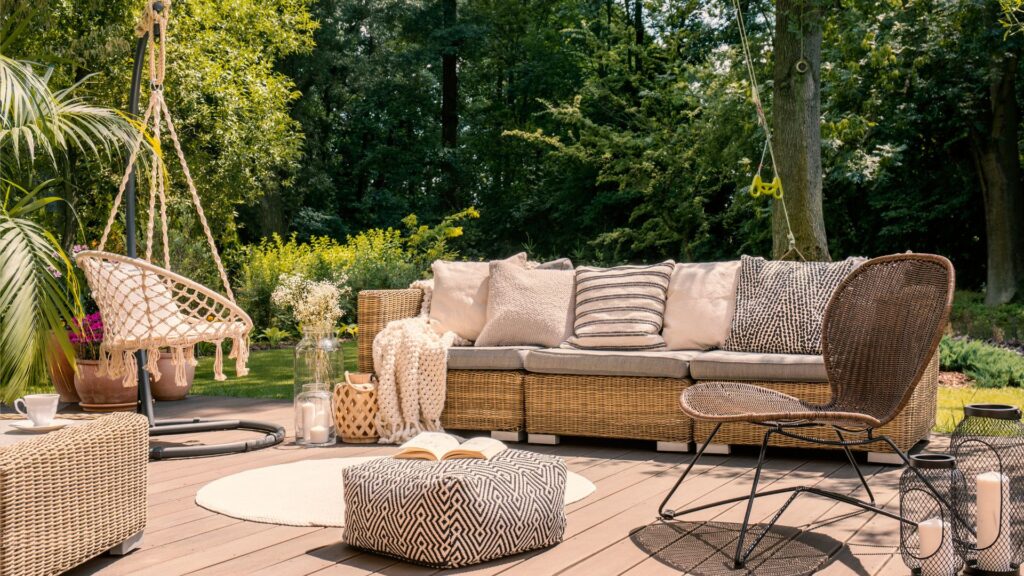
Comparing DIY Vs. Professional Installation
When considering whether to install a patio yourself or hire a professional, it’s important to weigh the pros and cons of each approach.
Cost Savings with DIY
Opting for a DIY patio installation can certainly save you money upfront. You’ll avoid labor costs, which can be a significant portion of the total expense. However, it’s crucial to recognize that DIY projects require more than just basic skills. You’ll need proper tools, materials, and most importantly, a strong understanding of the work involved. From leveling the ground to laying pavers, the time and effort can add up quickly. Inexperienced individuals might find themselves facing unexpected challenges, potentially offsetting those initial savings.
Risks of DIY
While DIY can be rewarding, the risks shouldn’t be overlooked. Poor workmanship can lead to uneven surfaces, drainage issues, or even structural failures down the road. What might seem like a small error during installation can result in costly repairs or a complete redo of the project in the future. These long-term costs often outweigh the short-term savings, especially if the patio is large or complex.
Professional Installation
On the other hand, hiring a professional offers peace of mind. Experienced patio builders bring expertise to the table, ensuring that the installation is done correctly and efficiently. Professionals are also more likely to offer warranties and guarantees on their work, providing an extra layer of protection for your investment. This can be especially beneficial for larger or more intricate projects, where the margin for error is slimmer.
When to DIY and When to Hire a Pro
If you’re planning a small, simple patio and have the necessary skills and time, a DIY approach may be feasible. However, for larger projects or those involving complicated designs, curves, or multiple materials, it’s often best to bring in a professional. This not only ensures quality but also saves you the potential headache of future repairs.
Choosing between DIY and professional installation depends largely on the scope of your project, your skill level, and your willingness to take on the risks involved.

Budgeting For Your Patio Project: Tips And Advice
Planning a patio project is an exciting endeavor, but it’s crucial to establish a well-thought-out budget before diving in. Here’s how to ensure your dream patio doesn’t break the bank.
Set a Realistic Budget
The first step in budgeting for your patio is to set a realistic amount that covers all potential expenses. Think beyond just the obvious costs like materials and labor—factor in potential unexpected costs like weather delays, additional materials, or even permit fees, which can add up quickly. Make sure to include a buffer of at least 10-15% of your total budget for these unforeseen expenses. This way, you won’t be caught off guard if costs rise during the project.
Prioritize Features
When working with a limited budget, it’s essential to prioritize the key elements of your patio. Focus first on the essentials, such as the size, shape, and material. If you’re looking to save, consider opting for simpler designs and affordable materials like concrete or pavers rather than higher-end options like natural stone. Features like outdoor lighting, furniture, and landscaping can always be added later when your budget allows.
Get Multiple Quotes
Before hiring a contractor, make sure to gather multiple quotes from different professionals. This will help you get a better understanding of the cost range and give you leverage to negotiate. Be wary of quotes that seem too good to be true—they often lead to hidden costs or subpar work. Instead, choose a contractor with solid references and experience in building patios.
Consider Financing Options
If your dream patio is out of your current budget range, consider financing options like home improvement loans or opening a savings account specifically for the project. Many financial institutions offer affordable rates on loans for home upgrades, allowing you to spread out the cost over time. Alternatively, saving up over a few months can give you more flexibility without taking on debt.
By planning smartly and budgeting carefully, your patio project can be both beautiful and financially manageable.
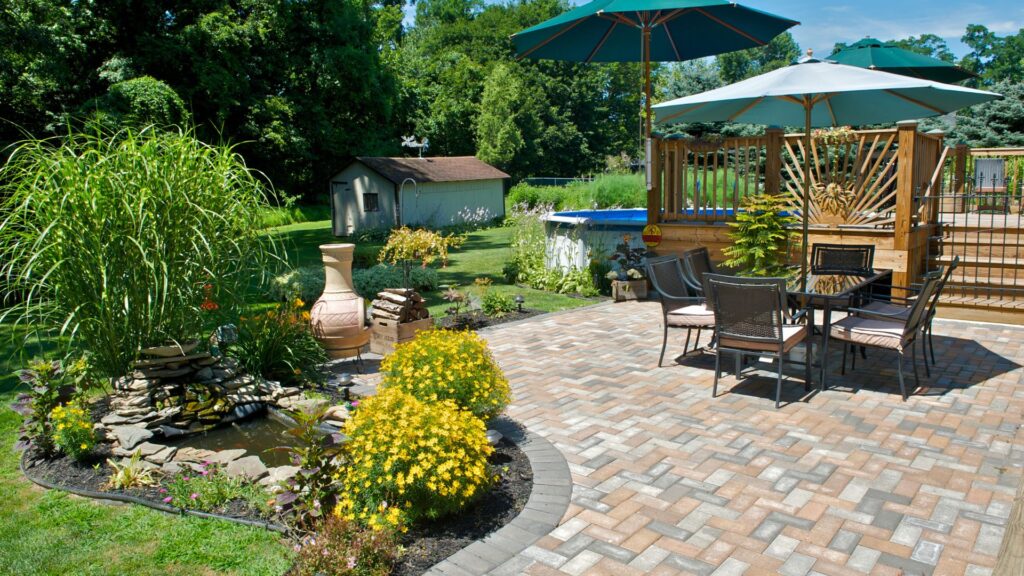
Case Studies: Real-Life Patio Costs In NZ
When considering the cost of building a patio in New Zealand, it’s important to look at real-life examples to better understand the potential costs, challenges, and rewards of such a project. Below are three case studies from different regions, each reflecting a unique approach and budget.
Case Study 1: Small, Budget-Friendly Concrete Patio in Auckland
In Auckland, a young couple decided to upgrade their backyard with a small concrete patio. This cost-effective solution was perfect for their limited budget of $3,500. The project involved laying a 20-square-meter concrete slab, which took about five days from start to finish, including preparation and drying time. The simplicity of the design kept the costs down, but it also meant fewer challenges in terms of installation.
The homeowners were thrilled with the results, appreciating the clean, modern look and the low maintenance required. The key lesson learned here was the importance of planning and selecting the right materials for long-term durability in Auckland’s variable climate. Despite being budget-conscious, they were able to create a functional space that significantly improved their outdoor living experience.
Case Study 2: Mid-Range Wooden Deck with Landscaping in Wellington
In Wellington, a family opted for a mid-range wooden deck to complement their sloping backyard. This project was slightly more complex, costing around $12,000, as it included not just the deck itself but also additional landscaping to integrate the new structure with their existing garden.
The construction of the 30-square-meter deck took approximately two weeks, with challenges arising due to the uneven terrain and the need for proper drainage. The homeowners also decided to add a built-in planter box and steps, which added to the time and cost. However, these additions greatly enhanced the aesthetic appeal and functionality of the space.
The family was pleased with the final outcome, noting that the deck transformed their outdoor area into a versatile entertaining space. Their main takeaway was the importance of working with a contractor who understood the complexities of Wellington’s weather conditions and the specific challenges of building on uneven ground.
Case Study 3: High-End Stone Patio with Outdoor Kitchen in Christchurch
In Christchurch, a couple invested in a high-end stone patio complete with an outdoor kitchen, spending approximately $45,000. The project involved premium materials like natural stone and custom-built cabinetry for the kitchen area, covering a spacious 50 square meters.
This ambitious project took nearly a month to complete due to the intricate design and the need for specialized craftsmanship. The homeowners faced challenges such as ensuring the patio was properly sealed to withstand Christchurch’s cooler temperatures and frequent rain. In addition, coordinating multiple contractors for the stonework, plumbing, and electrical installation required careful management.
Despite the higher cost and longer construction time, the couple found the investment well worth it. The outdoor kitchen allowed them to entertain guests year-round, and the elegant stonework elevated the overall look of their home. The key lesson here was that a larger investment in quality materials and skilled labor can result in a truly luxurious outdoor living space that adds significant value to the property.
These case studies illustrate that patio projects in New Zealand can vary widely in cost and complexity, depending on location, materials, and design choices. Whether you’re considering a simple concrete patio or a lavish stone retreat, careful planning and the right expertise can help ensure a successful outcome that enhances your lifestyle and property value.

Maintenance Costs And Long-Term Considerations
When planning for a new patio, it’s essential to consider the long-term maintenance costs that come with it. The type of material you choose will significantly impact the ongoing upkeep required. For example, wooden patios often need sealing every few years to protect them from moisture and UV damage, while concrete patios may require periodic crack repairs to prevent larger structural issues. If you’re using tiles, re-grouting could become necessary over time as the material between the tiles wears down due to weathering or regular use.
The longevity of your patio is closely tied to its material and how well it’s maintained. For instance, concrete patios generally last 25 to 30 years with minimal maintenance, while natural stone, like granite or slate, can last even longer with proper care. However, wood typically needs more frequent attention, with a lifespan of 10 to 20 years depending on the climate and quality of wood used. Regular cleaning, sealing, and minor repairs can significantly extend the life of your patio, making it a more durable investment.
It’s also important to budget for repairs or renovations over the years. For example, while the first few years may only require basic maintenance, around the 10- to 15-year mark, you may need to replace materials or make more extensive repairs, such as repaving or replacing worn-out sections. Anticipating these future costs will help ensure your patio remains both functional and aesthetically pleasing for years to come. Proper planning will not only save money in the long run but also keep your outdoor space in prime condition.

FAQs: About Cost Of Patio NZ
Conclusion
In conclusion, when considering the cost of building a patio in New Zealand, several key factors play a significant role. These include the size of the patio, the materials chosen, the complexity of the design, and labor costs. Materials like concrete, pavers, or timber all come with varying price points and maintenance needs. Additionally, any added features such as built-in seating, lighting, or landscaping can influence the final cost. It’s important to start planning your patio project by carefully evaluating your budget, the desired features, and the materials that best suit your lifestyle and environment. Taking the time to research and consult with local patio builders can help you get accurate, personalized quotes and expert advice tailored to your specific needs. Don’t forget to factor in long-term maintenance when making your final decision. If you’re ready to take the next step, reaching out to professionals can ensure that your patio becomes a beautiful, lasting addition to your outdoor space.
Find A Professional Decking Company Near You!
- Balcony Construction Christchurch
- Deck Builders Alexandra
- Deck Builders Alexandra, Clyde & Cromwell
- Deck Builders Auckland
- Deck Builders Central Otago
- Deck Builders Christchurch
- Deck Builders Clyde
- Deck Builders Cromwell
- Deck Builders Hamilton
- Deck Builders Hawkes Bay
- Deck Builders Invercargill
- Deck Builders Kapiti Coast
- Deck Builders Kerikeri
- Deck Builders Lower Hutt
- Deck Builders Nelson
- Deck Builders New Plymouth
- Deck Builders Paihia
- Deck Builders Palmerston North
- Deck Builders Porirua
- Deck Builders Queenstown
- Deck Builders Taupo
- Deck Builders Tauranga
- Deck Builders Upper Hutt
- Deck Builders Wanaka
- Deck Builders Warkworth
- Deck Builders Wellington
- Deck Builders West Auckland
- Deck Staining Palmerston North
About the Author:
Mike Veail is a recognized digital marketing expert with over 6 years of experience in helping tradespeople and small businesses thrive online. A former quantity surveyor, Mike combines deep industry knowledge with hands-on expertise in SEO and Google Ads. His marketing strategies are tailored to the specific needs of the trades sector, helping businesses increase visibility and generate more leads through proven, ethical methods.
Mike has successfully partnered with numerous companies, establishing a track record of delivering measurable results. His work has been featured across various platforms that showcase his expertise in lead generation and online marketing for the trades sector.
Learn more about Mike's experience and services at https://theleadguy.online or follow him on social media:




